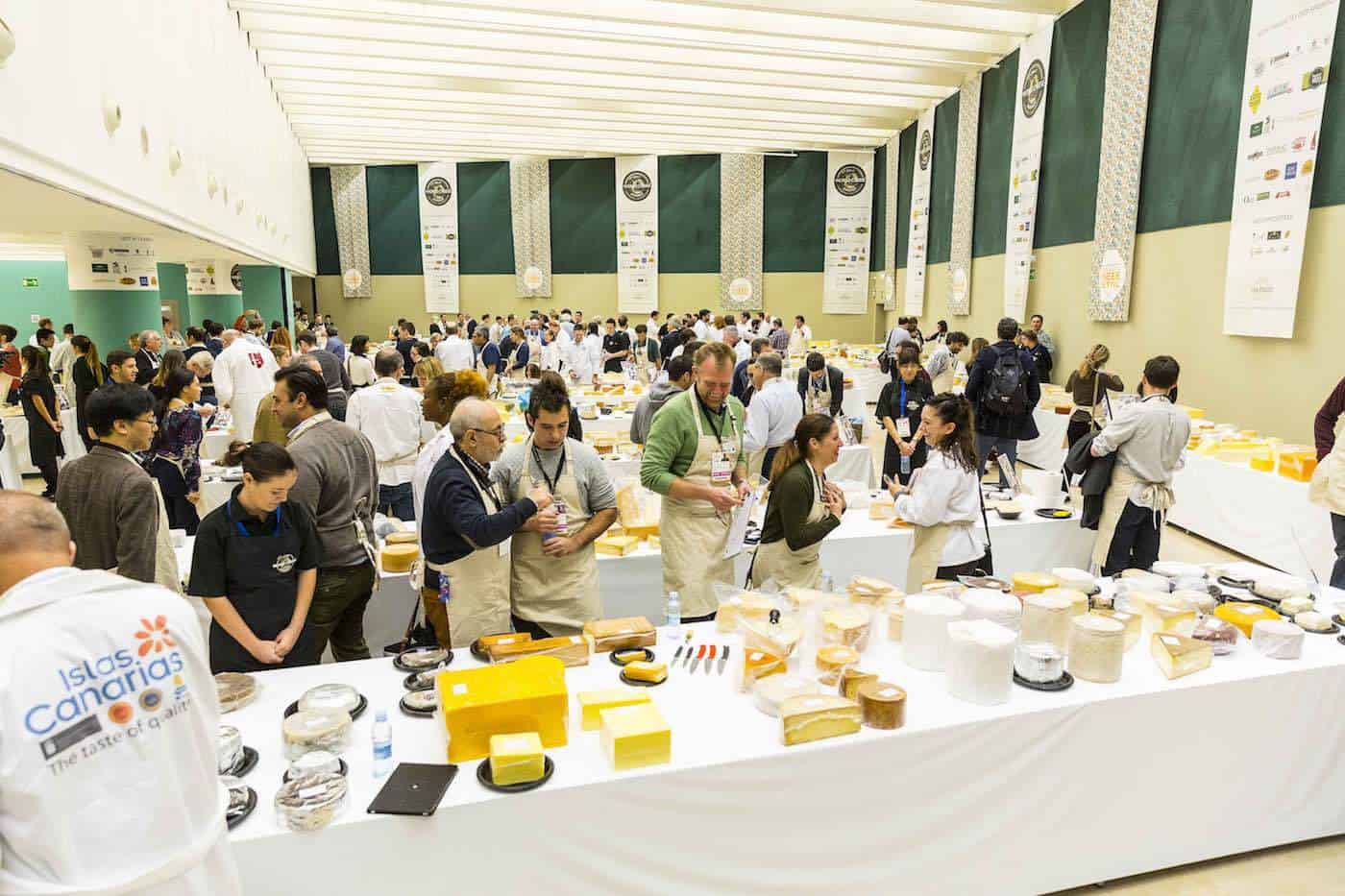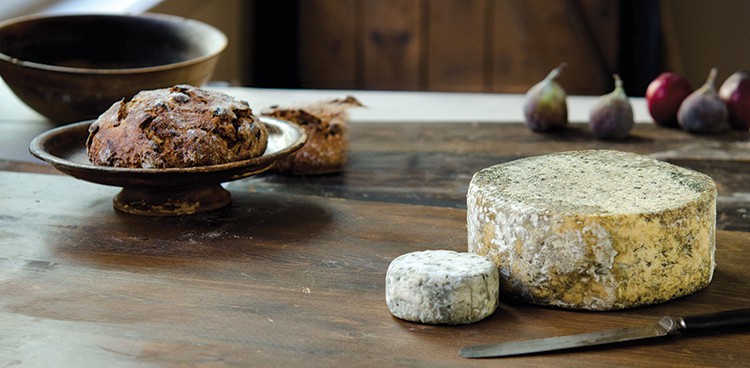
In November 2016 I arrived in San Sebastián, Spain, to judge the World Cheese Awards. In front of me stood 3,021 cheeses from 31 countries, adorning tables filling a room the size of a football field. Every type of wheel and wedge imaginable made an appearance —from traditional camembert and cheddar to Mozambican chèvre rolled in cashew nuts and dipped in chile-chocolate sauce to a Mexican wheel infused with orange blossom honey and topped with edible flowers.
There was even an Australian cheese called Anthill, its lemony tang accentuated by a coating of native green ants. Per usual, European cheesemakers dominated the competition—but the number of winners from outside the continent reached an all-time high. Non-European cheeses earned 18 percent of all medals; submissions hailed from Brazil, Croatia, Slovakia, Estonia, South Africa, and more.
The highest honor—the World Champion award—went to a Norwegian wheel called Kraftkar. Produced by Tingvollost, a small farm on Norway’s northwestern coast, the small-batch blue cheese is an outlier in a country known for its traditional gjetost, pultost, and gamalost.
According to John Farrand, managing director of the Guild of Fine Food (the UK-based show organizer), Kraftkar’s success “turned a few heads.” After all, how could a Norwegian blue compete with the Stiltons and Roqueforts of the world? This underdog wins point to globalizing forces in cheese. Take the availability of cultures, or microbes added to milk during cheesemaking.
Historically these organisms, which play a role in flavor, texture, and rind development, were nurtured and adapted locally. Mold spores of Penicillium roqueforti, for example, which give Roquefort its blue veining, traditionally were sourced from caves in the Aveyron region of southern France. Today, thanks to technologies enabling factory production, makers anywhere—from Norway to Brazil to Japan—can order these mold spores directly to their doorsteps.
The same goes for access to cutting-edge equipment, supplies, and advice; anyone can access the resources of a connected world. “Networks facilitating technical and marketing support, as well as the internet, are likely to drive the success of cheesemakers from ‘non-traditional’ countries in the future,” says Paul Thomas, a UK-based dairy technologist and World Cheese Awards judge.
International collaboration between consultants such as Thomas and budding makers often results in award winners. Case in point: Tingvollost worked with French dairy specialist Pascale Baudonnel, who shared the intricacies of making authentic Roquefort—lessons that undoubtedly shaped the crafting of world champion.
The way contests are judged may evolve, too. A truly global competition requires assembling a team of experts equal to the task—professionals with a range of knowledge and experience reflecting the diversity of submissions. To a European judge, traditional Brazilian queijo Canastra might seem abnormally bitter; in Brazil, its bitterness is a mark of quality.
“Judging is a huge responsibility… to understand the intent of the producer.”
For this reason, Farrand takes pride in diversifying the contest’s judges. “We have judges representing every corner of the world, from Barbados and Japan and South Africa to Brazil,” he says. Carlos Yescas, founder of Mexican artisan cheese distributor Lactography and World Cheese Awards judge, recognizes the impact of inviting judges from beyond “the regular curdy circuit” of France, Switzerland, and England. “If you have judges who are only experts in cheddar, everything that is not cheddar will not be up to standard,” he says. “Judging is a huge responsibility to try to understand the intent of the producer.”
Yescas’ comment reflects the most valuable piece of advice I received while judging the World Cheese Awards alongside Swiss affineur Jean-Louis André: “Ask yourself not if it is a good cheese,” he told me, “but if it is a good example of what the cheese is supposed to be.” Of course, ideal wheels rely on talented producers. “Ultimately, quality depends on the cheesemaker,” Thomas says. Farrand chalks up increasing global successes to the efforts of innovative makers around the world. “As small producers begin to craft outstanding examples,” he explains, “this leads to cheese communities emerging and going on to thrive. It’s all about passion at the grassroots level.”
Tingvollost’s Kraftkar is representative of this phenomenon—of how a family farm with a small herd of cows could singlehandedly “expose Norway as a serious cheese nation and firmly remove a cliché,” Farrand says. With each year that passes, the growing success of international makers reminds us that good cheese speaks for itself, no matter where it was made.





